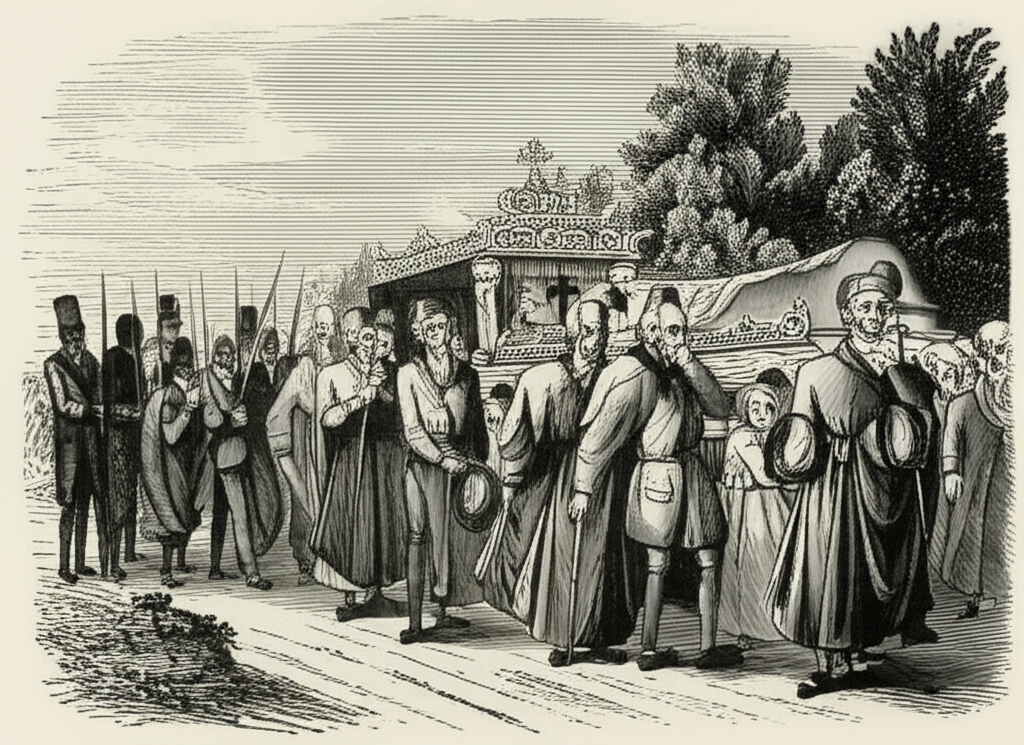
Coming face-to-face with a funeral procession has long been considered an ill omen, steeped in superstition and fear of mortality. This belief, prevalent for centuries, carried significant weight, particularly before the advent of modern medicine and scientific understanding.
Historical Background: During the 1700s and earlier, encountering a funeral procession head-on was often interpreted as a harbinger of death, either for the individual or a close family member. This apprehension stemmed partly from the limited knowledge of disease transmission. Before vaccinations, antibiotics, and widespread sanitation, contagious illnesses and waterborne diseases posed a significant threat. The lack of understanding about germs led to the development of superstitious explanations for disease and death.
Cultural Beliefs and Folklore: One prevalent belief was that upon death, malevolent spirits congregated around the deceased’s body, seeking to possess it or entice the spirit of the newly departed to join them. This gave rise to numerous superstitions surrounding the period immediately following death, a time traditionally managed by the deceased’s family. The body was typically kept at home for viewing by friends and neighbors, with strict rules governing various aspects, from the direction the body was carried to the order of the pallbearers. Meeting the procession on its way to the church was thought to anger these spirits. To appease them and avert becoming the next victim, individuals were advised to walk alongside the mourners, effectively transforming the encounter into a ‘joining’.
Evolution of the Superstition Over Time: As time progressed, variations and specific prohibitions emerged. In 1787, English lexicographer Francis Grose, in his Provincial Glossary, suggested an alternative solution: removing one’s hat when encountering a funeral procession to keep the “evil spirits attending the body in good humor.” By the 18th century, pointing at a funeral procession was deemed foolish and thought to cause death within a month. Pregnant women and newborn children were also cautioned against joining funeral processions, as infants and fetuses were considered particularly vulnerable targets for the spirits lingering near an open grave.
Modern Interpretations: With the shift from walking funeral processions to the use of hearses, many of these older superstitions have diminished in practice. However, remnants of the belief persist, particularly among older generations, who may still bow their heads respectfully when witnessing a coffin being transported, acknowledging the solemnity of death and the lingering unease associated with its symbolism.